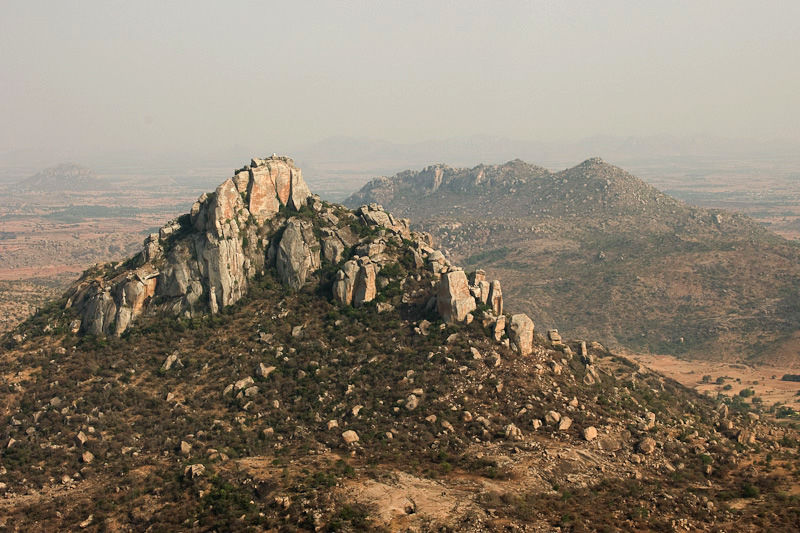
Devarayana Durga - a rock-scape of wonderful granite boulders and hills. The government treats these as waste land, but these are spectacular landscapes and home to some amazing wildlife
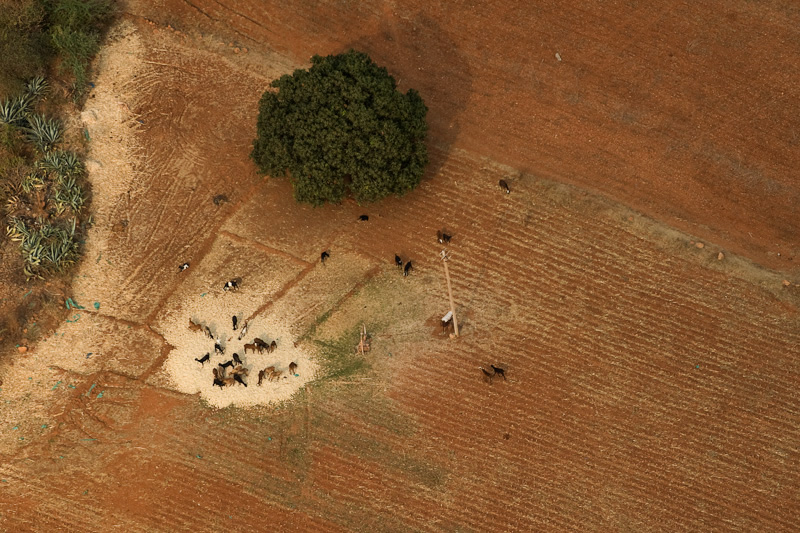
Cattle is an inseparable part of our agriculture and rural landscape
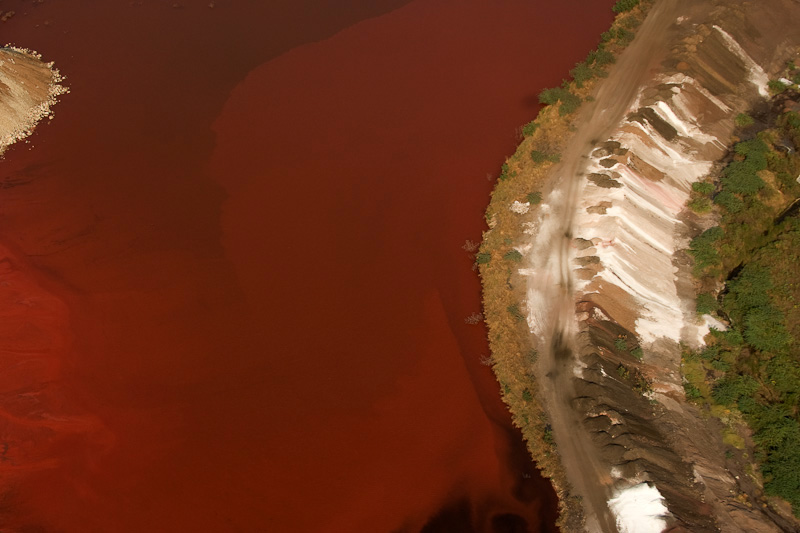
Tailings (residue) washed off from iron ore mines accumulate in reservoirs and adversely affect agriculture, people, and wildlife around these area
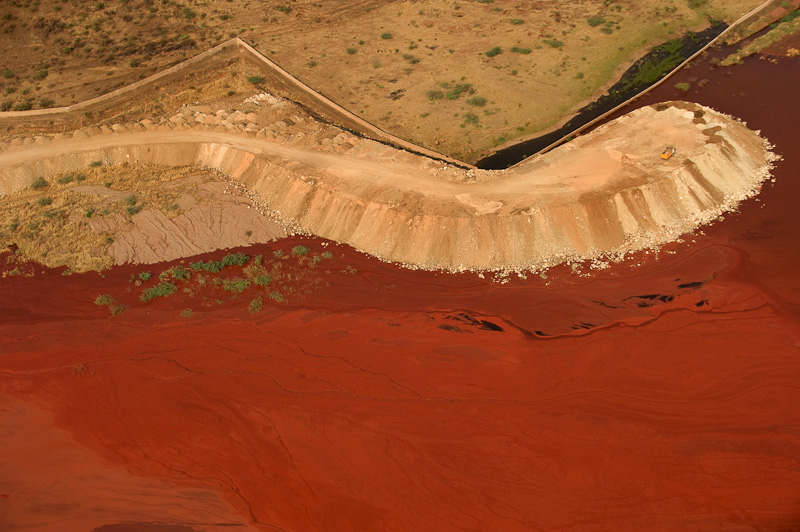
These water bodies are also used as dumping grounds for excavated earth debris

Thermal power plant. Even with the advent of hydro- and nuclear-energy, electricity generated by burning coal, a non-renewable fossil fuel, is still the biggest source of enerygy in India. Large areas of our forests are threatened by proposed coal mines
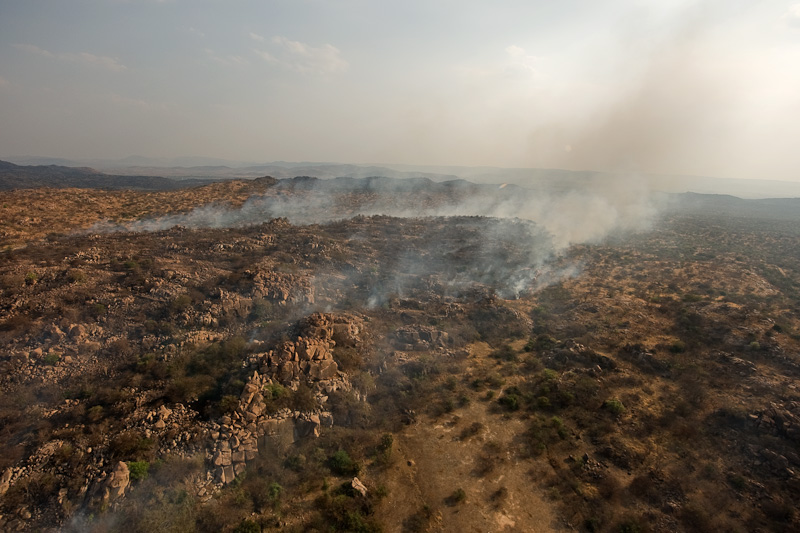
Daroji Sloth Bear Sanctuary is one of the few areas set aside in this landscape as a protected area. However during summers, fires like these can burn down large areas causing much damage to native habitats and wildlife
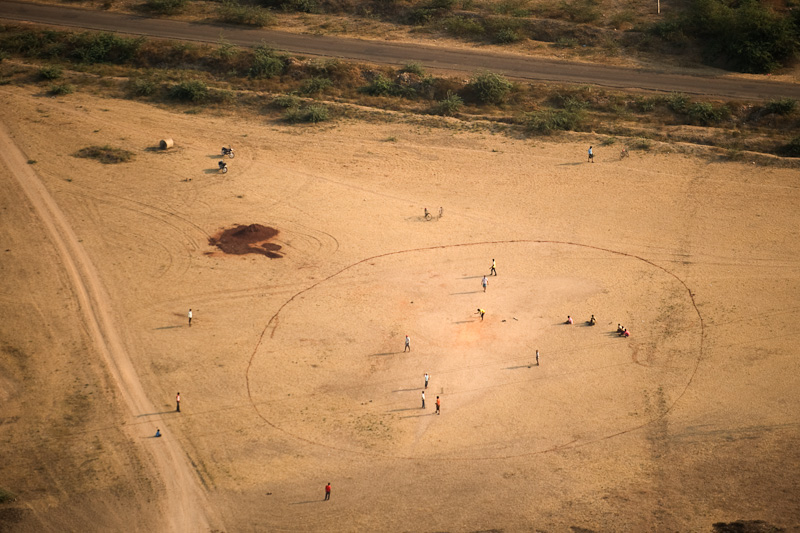
Children playing cricket - yet another integral part of our landscape and culture
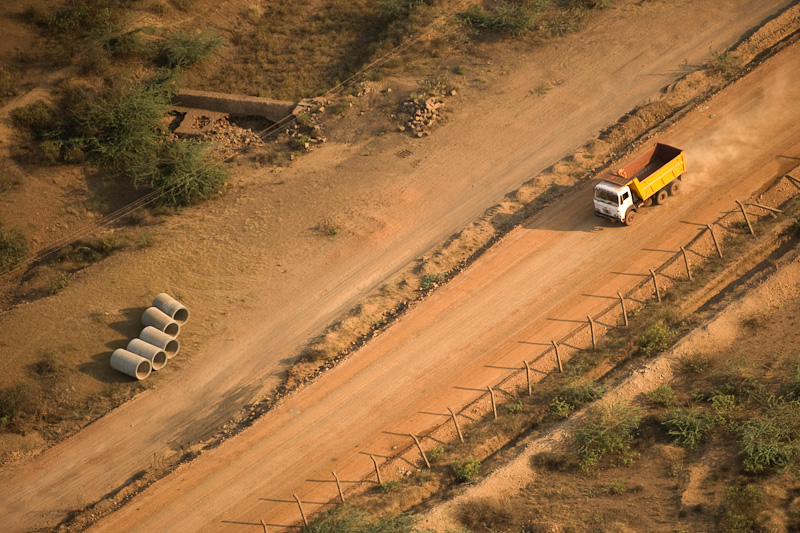
A "tipper" on a dirt road. Hundreds of these mining trucks make a daily trip from the iron ore plants to the coastal ports from where the raw minerals are shipped off to other countries
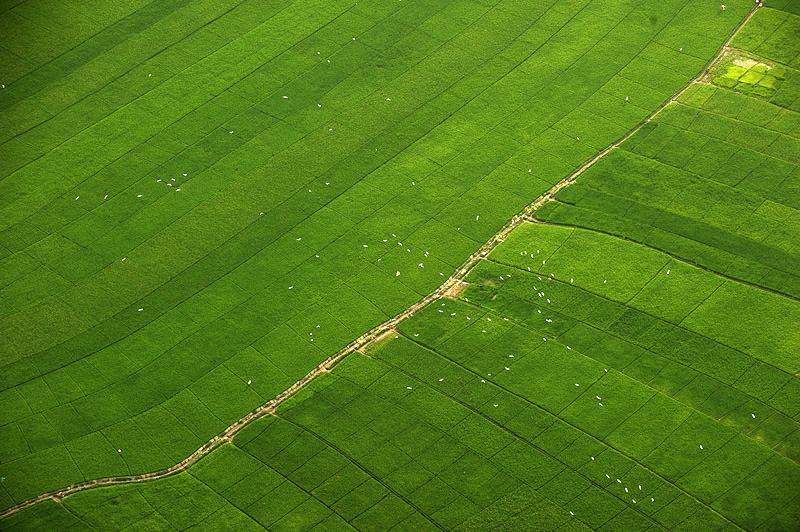
Green-scape. The east-flowing rivers that originate from the Western Ghats have made parts of the Deccan plateau immensely fertile and suitable for wetland agriculture
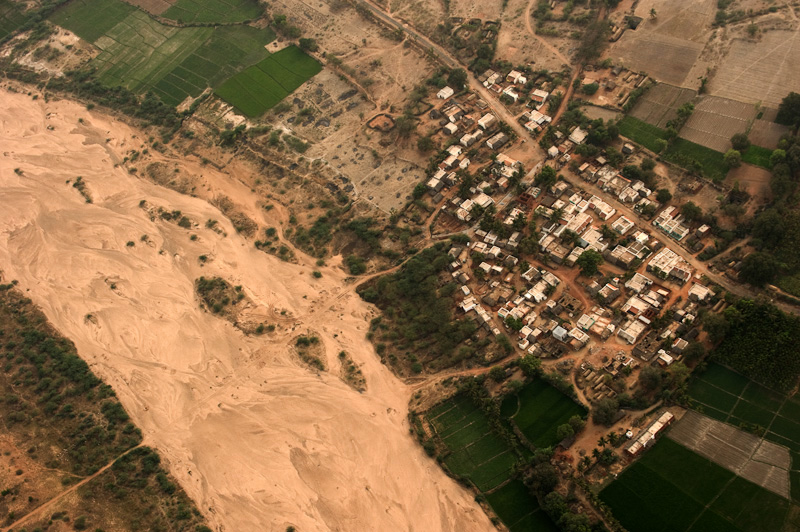
A human-modified landscape. The courses and life-cycle of rivers have changed drastically due to many dams that obstruct their flow, canals that divert them, and uses they are put to by people living along side these
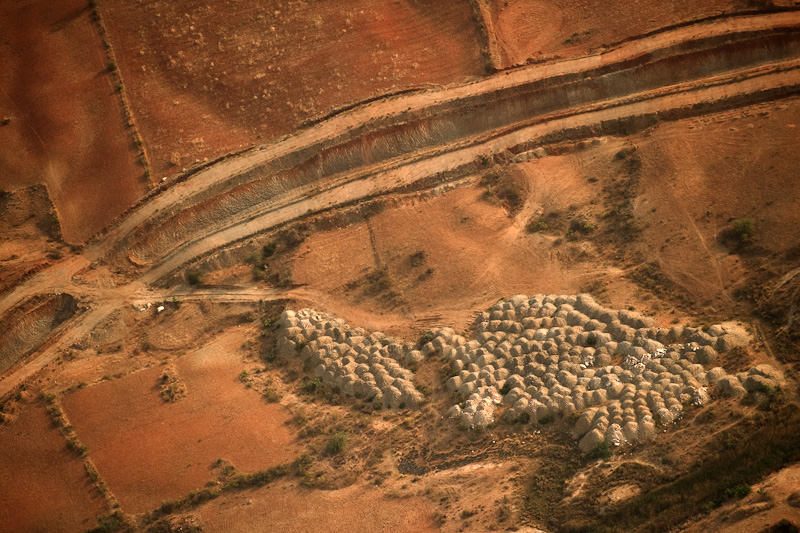
A canal is being dug, to divert water from the main rivers to drier parts of the State. These have changed the landuse patterns and transformed the face of agriculture from dry land cultivation to commercial crops and multiple harvests in a year
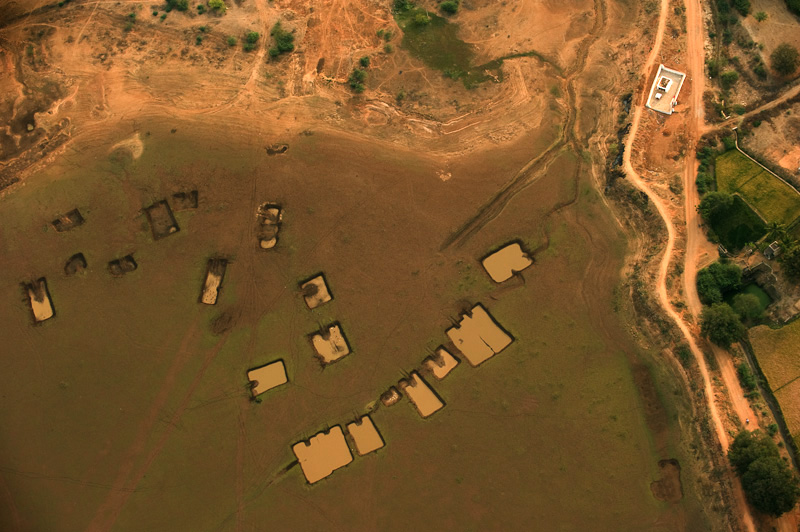
A dry lake bed. Villagers have dug up ponds to harvest water from rain or to collect the stemmed flow of the source water into smaller pools
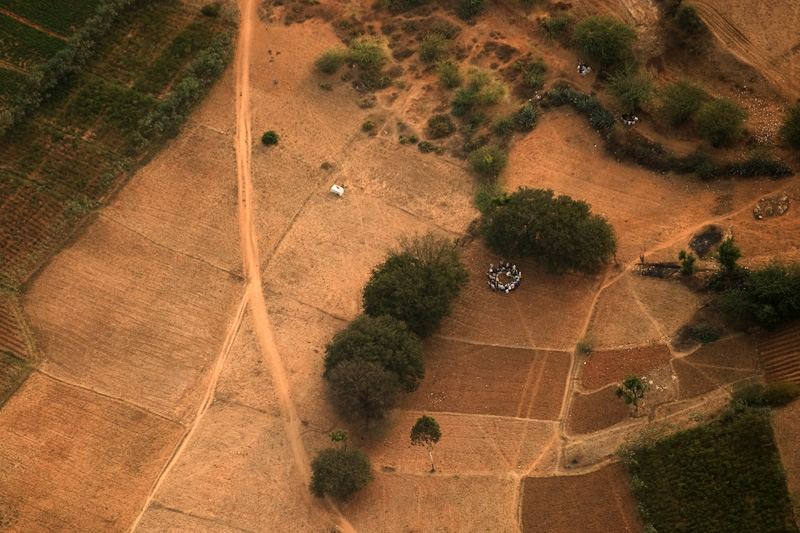
A Village Panchayat meeting in progress. These get-togethers are the main governing bodies in rural India

Extensive granite quarrying due to the demand for growth and development through infrastructure building and construction - mostly in urban areas. Many of these are illegal quarries causing the disappearance of hillocks even in the outskirts of our cities
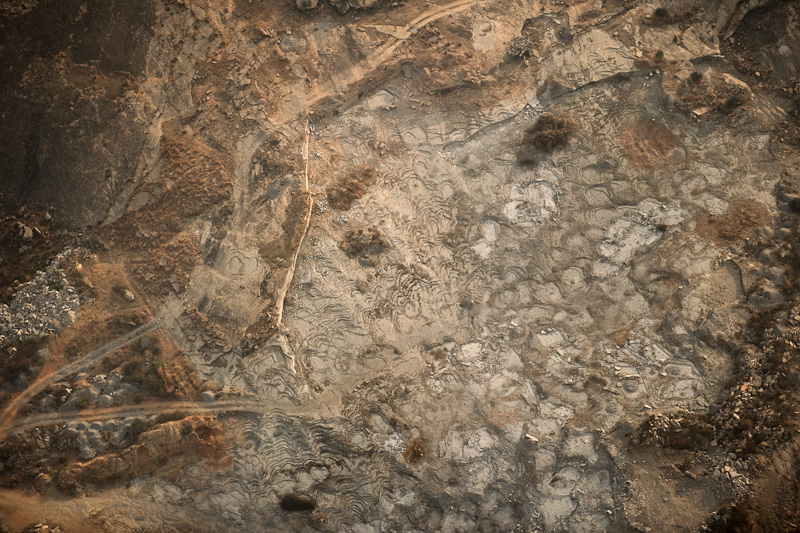
Once beautiful hills, reduced to flat, scarred and scraped landscapes like these after quarrying
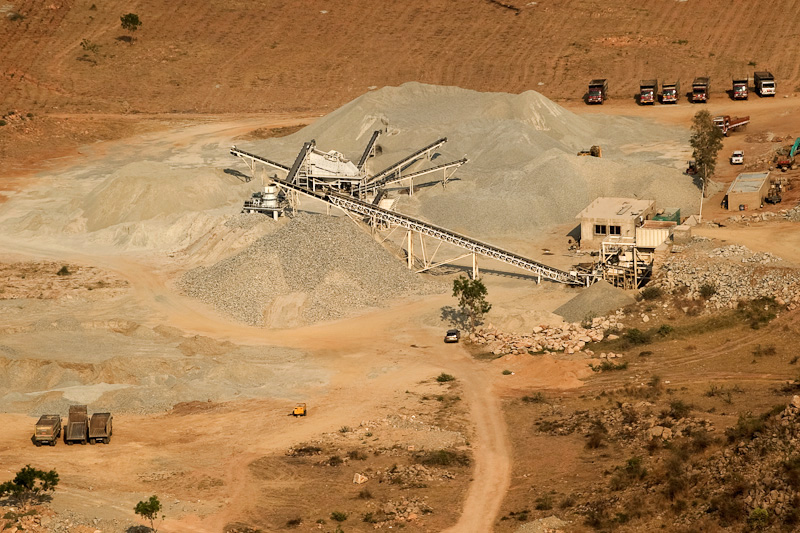
Stone quarries are easy to setup and some of them come and go in few months, eating up hill after hill along the way
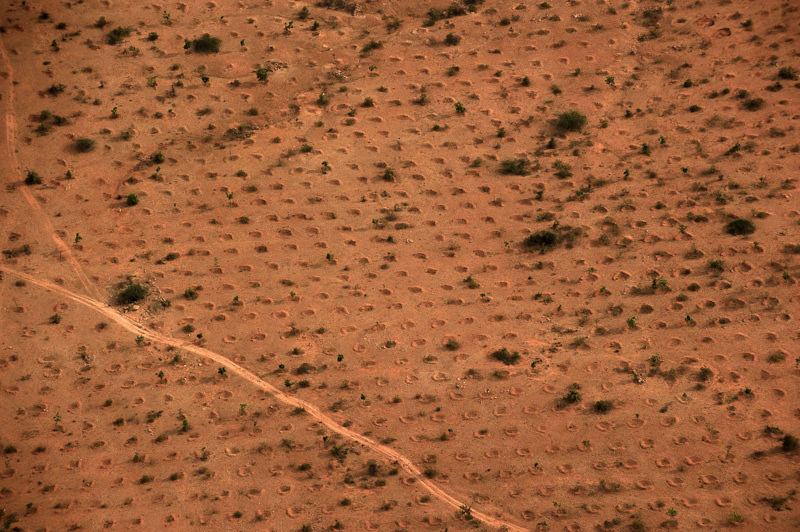
Pits for planting trees. Dry thorn-scrub habitats without too many trees are natural too. However, the government does not realise that open forests like these are critical wildlife habitats and not waste land and usually plant them up with non-native species with commercial value
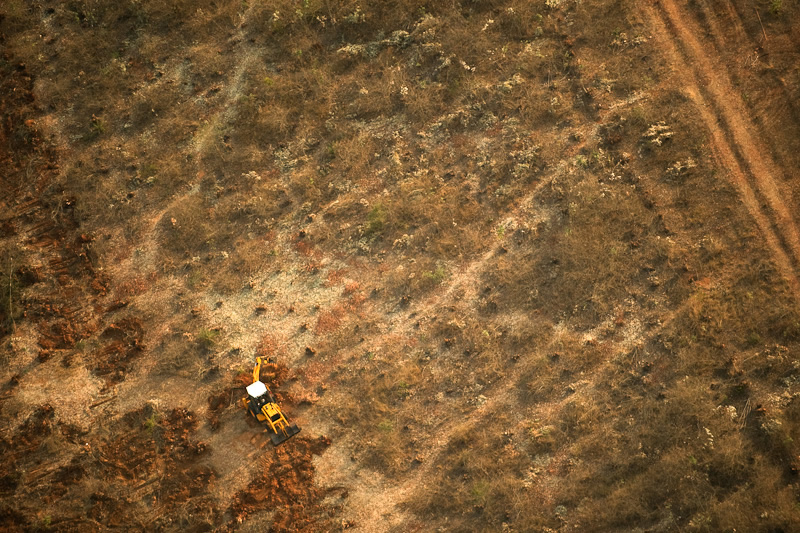
A JCB digs the ground to plant trees
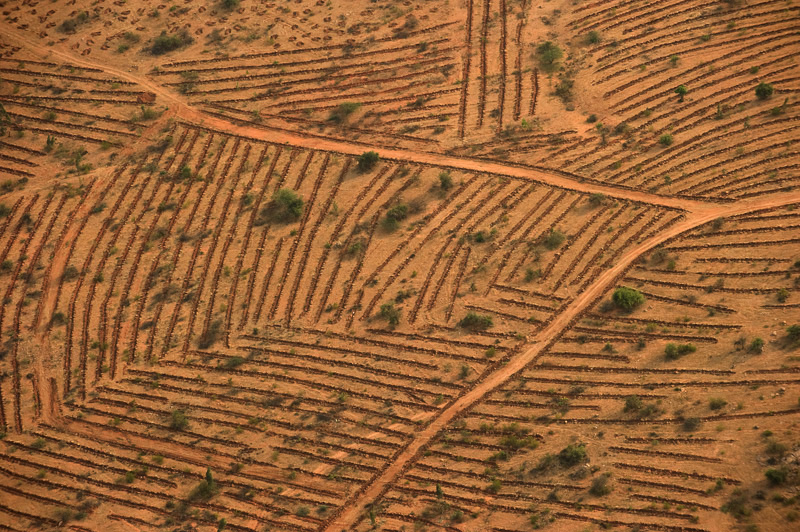
The Earth scraped out in neat rows for planting. This disturbs the top soil which contains critical seed banks and nutrients
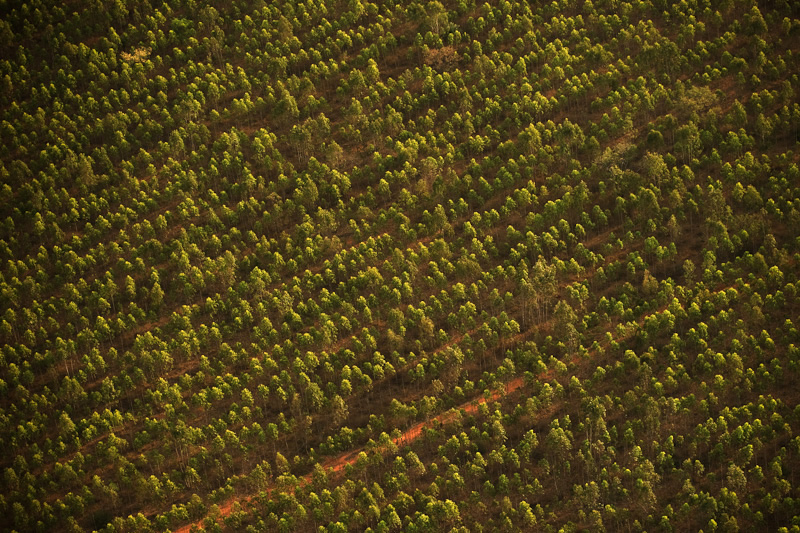
An exotic species of Acacia are planted either as social forestry or compensatory afforestation measures
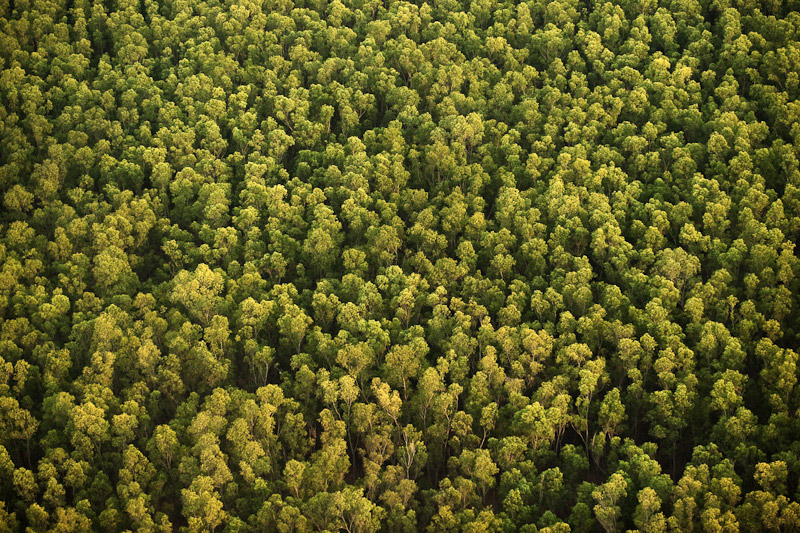
An alien green canopy scape. An Eucalyptus plantation looks like a dense forest from above, but in reality, does not support much wildlife, affects the soil, natural regeneration, and the ground water table, particularly in arid areas such as these
This work is licensed under a Creative Commons Attribution-Noncommercial-Share Alike License.